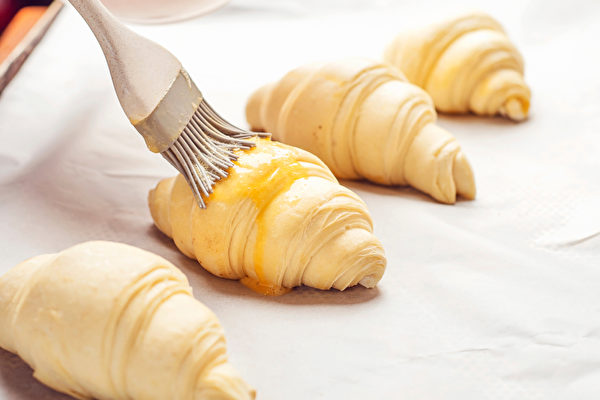Struggling to bake your goods despite following the recipe diligently? Don’t lose heart if you’re a baking enthusiast, as there might be valuable tips from the professionals that hold the key to solving your baking woes.
To bake like a pro, apart from indulging in relevant reading materials, another crucial aspect is upgrading your baking tools as much as possible. While muffins and bread may require basic tools like measuring cups, scrapers, molds, and mixing bowls, for tasks involving cream whipping, cake batter mixing, it’s advisable to invest in an electric mixer and a food scale.
Even if you set the temperature according to the recipe, if the outcome doesn’t meet expectations, the issue may lie with the oven temperature. Understanding how your oven distributes heat can be simplified by purchasing an oven thermometer and testing it in various functions and positions, including the middle and both sides of the hot air exit. This way, you can adjust the suitable temperature and position of the baking tray.
By regularly using an oven thermometer during baking and documenting the baking results at various temperatures, you’ll learn the best baking range for your oven. If the margin of error is too significant, it might be time to consider replacing your oven.
Furthermore, certain daily habits can affect baking temperature. For instance, the temptation to open the oven midway to check on the batter. While it’s acceptable to open the oven door occasionally, it causes temperature fluctuations. To avoid compromising delicate dough that cannot withstand temperature changes, it’s best to refrain from this practice.
Keeping a roll of parchment paper in your kitchen cabinet offers numerous benefits. Parchment paper can be used to create beautifully shaped tulip cake cups, makeshift piping bags, and for rolling cakes to prevent sticking. Additionally, for easy demolding and cleaning, besides greasing the baking tray adequately, placing parchment paper on it will yield better results.
For maintaining the shape of soft dough when transferring it into a skillet, parchment paper is incredibly useful. Simply lay the dough on the parchment paper, shape it, then transfer it to the edge of the skillet and slowly roll the paper, allowing the dough to slide smoothly into the skillet.
The way you mix the batter greatly impacts the texture and leavening effect of the final product. For quick treats like muffins and soda bread, it’s recommended to use a wide-bottomed mixing bowl for easy contact between the batter and liquid ingredients. Quickly fold the batter with a rubber spatula to minimize gluten formation, resulting in a fluffy texture. Unlike cake batter, these kinds of batters should be mixed until the dry flour is barely visible and do not need to be smooth.
For ingredients that require emulsification and precise fusion, using a machine mixer is preferable. To avoid overmixing, it’s best to carefully read the recipe beforehand to determine the mixing speed and desired batter consistency. Lastly, for bread dough, temperature measurements are also crucial.
If your baked goods are not rising as expected, the issue might be related to weighing the ingredients inaccurately. Professional bakers usually weigh the ingredients using scales. For instance, concerning flour, as it comprises the most substantial portion of ingredients, other ingredient quantities are calculated based on the percentage of flour. When using measuring cups, a 10-gram error for a cup of flour may result in a 30-gram difference with three cups. Considering that around 20 grams of flour is the standard amount needed for a muffin, the baking outcome can be easily predicted. Hence, when it comes to weighing ingredients, using a scale is the best method to avoid errors.

